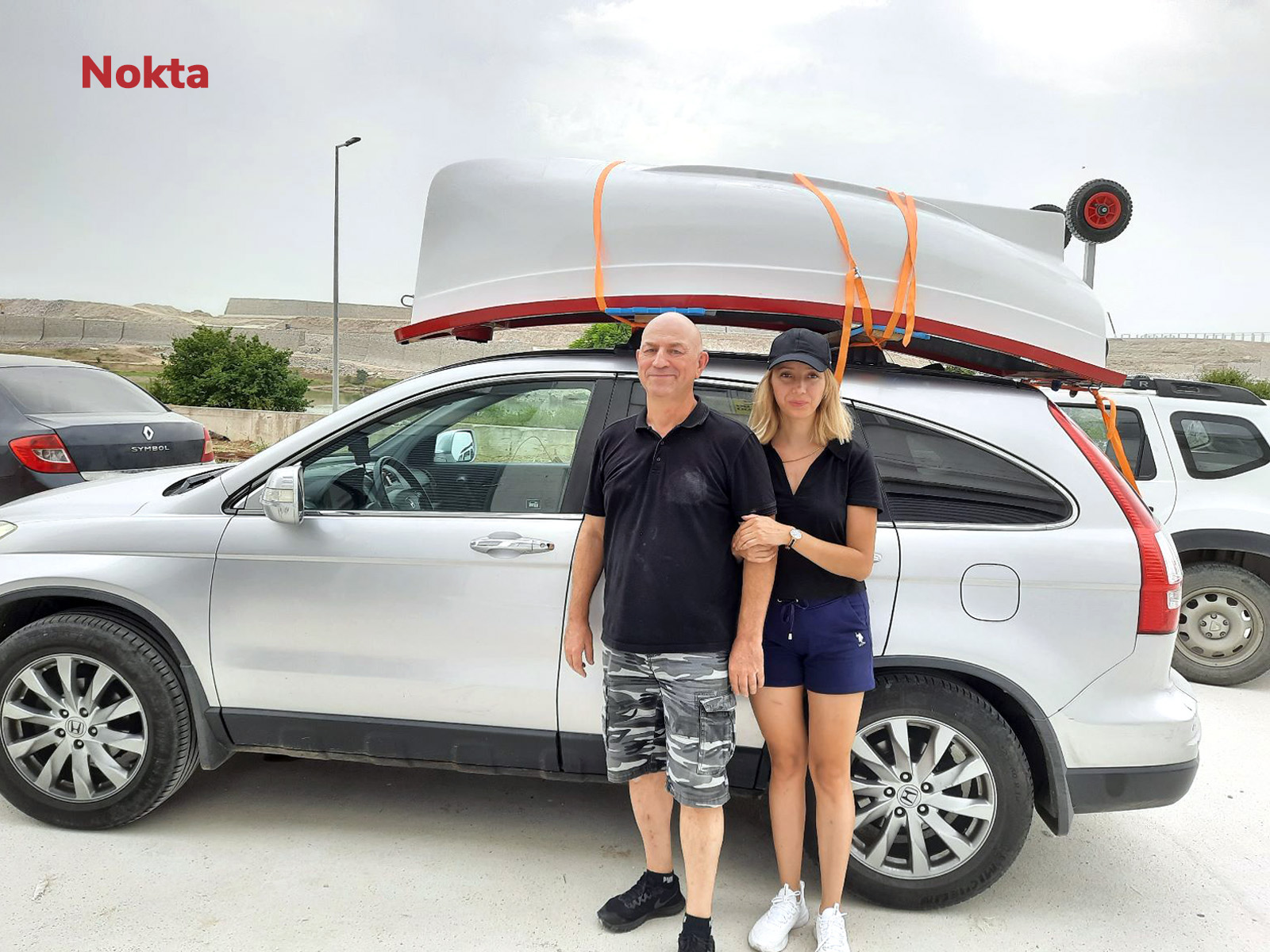World’s most modern underwater archaeology ship UPL sets sail
Originally an electrical engineer, Bahadır Eği is also a boat designer working to make sailing a pleasure for everyone. Over the years, he has designed three different and unique boats (Sniper, Nokta and U530), enabling many people to go sailing easily and economically. Mr. Bahadır, who is never lazy, took pen in hand and wrote about this beautiful adventure for us.
Bahadir Eği, Electrical Engineer
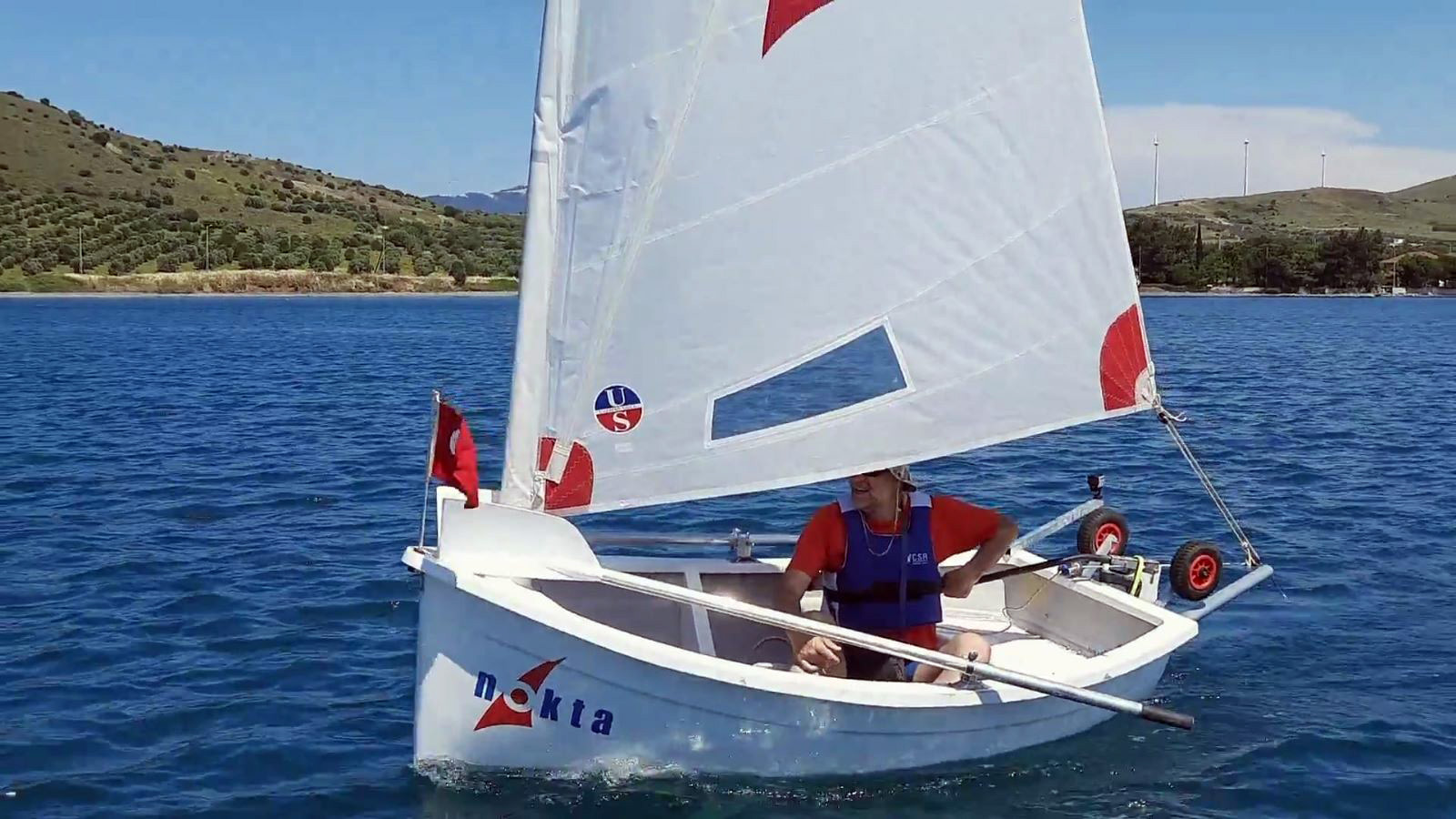
Small sailboats are a must for sea and sailing culture. I used to see them often when I traveled abroad. There were canoes, kayaks and small sailboats on lakes and ponds, and when the wind came up, the sea would be full of them.
In our country, however, sailing is unintentionally associated with wealth, with the luxury sailboats we are used to seeing in marinas and the time spent in their pools. In my opinion, contrary to popular belief, sailing is not a sign of wealth, but of culture, and therefore should be accessible to everyone.
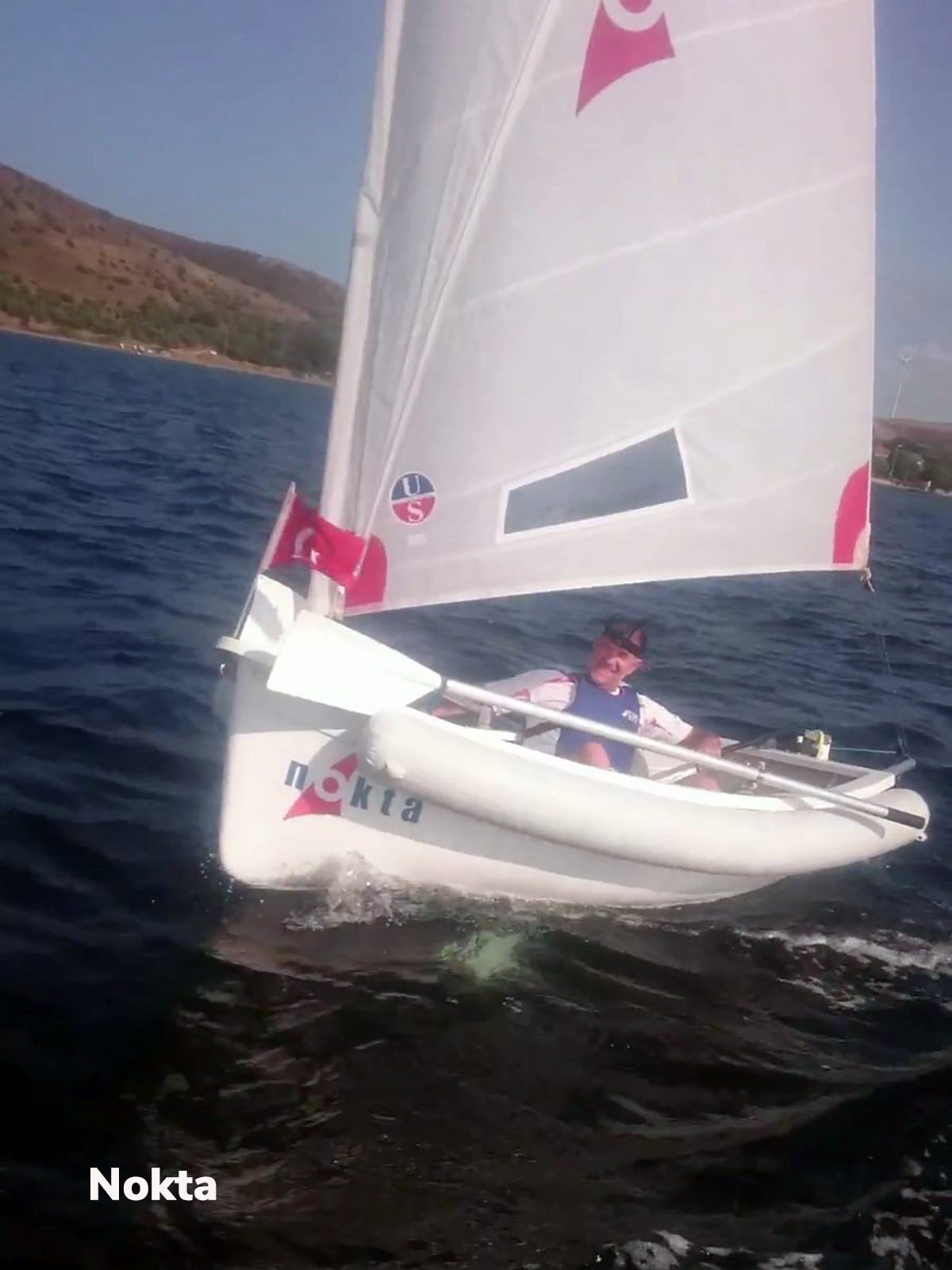
In contemporary boat shows, a noticeable shift is apparent – the focus of attendees has shifted from the sailing hardware to a keen interest in the interior arrangement of vessels. Within the luxury boat market, manufacturers present an array of amenities designed to replicate the comfort of home living, all while being under sail. Undoubtedly, the presence of such boats is imperative; nevertheless, the essence of sailing culture remains incomplete without the inclusion of smaller sailing craft. Essentially, a sailing vessel embodies 3 fundamental elements: buoyancy, a functional sail arrangement, and the pivotal components of rudder and keel; all else can be considered embellishments.
The year was 1993 when the internet made its entrance into the factory where I was employed. This marked my initial encounter with the realm of designers and literature centered around amateur boat construction. Driven by a voracious appetite for knowledge, I promptly ordered a multitude of books through Amazon. Simultaneously, I commenced correspondence with amateur boat designers, subsequently procuring what they termed "study plans" – blueprints enabling an initial appraisal of their designs. This moment essentially set forth my voyage into the realm of sailboat design.
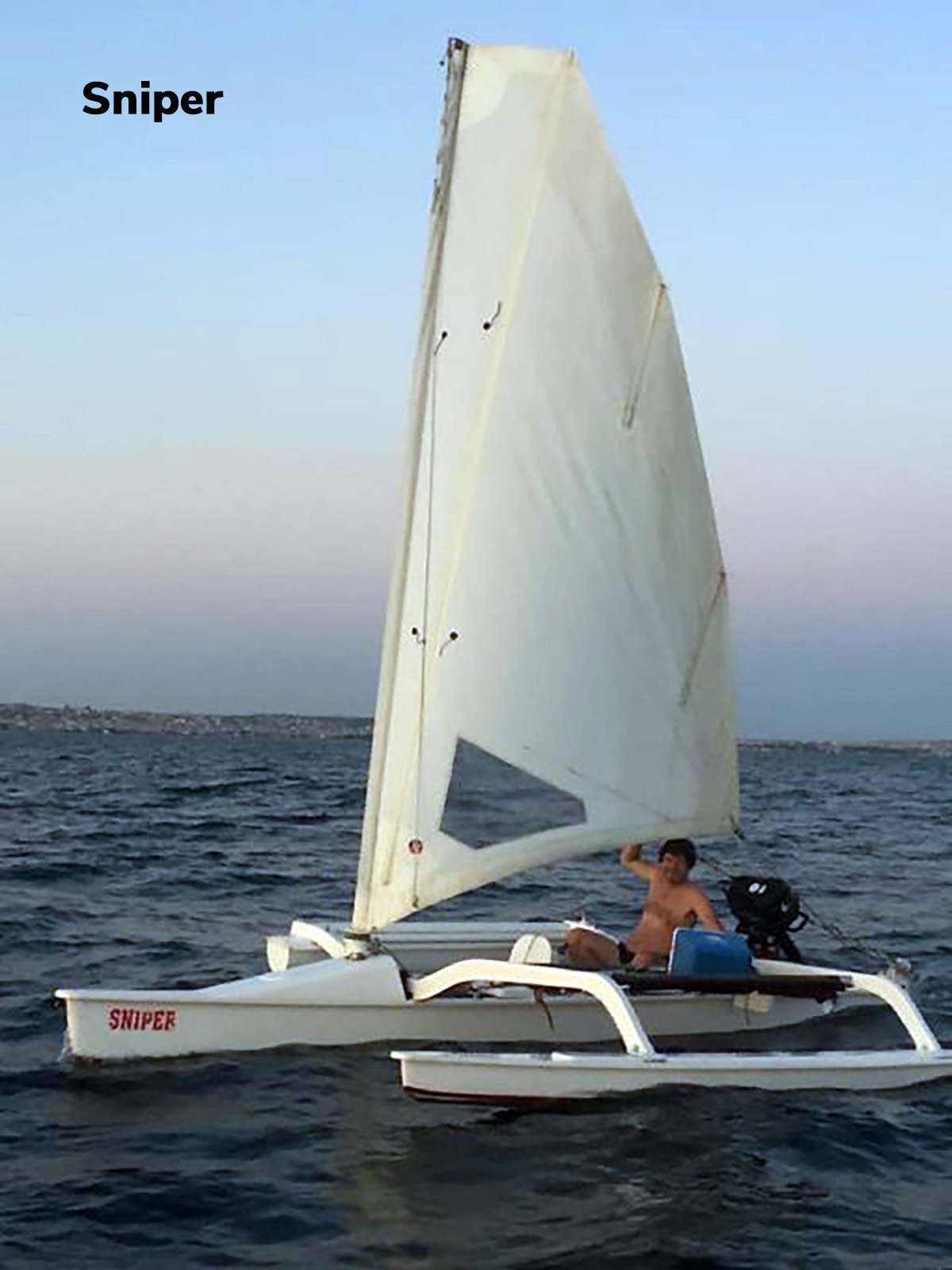
My first sailboat was a "Lug" rigged on a Zodiac boat. I sailed around the island of Paşalimanı in three days on this boat. Then I modified John Welsford's Sherpa a bit and built my first fiberglass boat, called "Gemicik". With the 2.7 m long Gemicik, my wife and I sailed from Erdek Narlı to Marmara Island, which was like crossing the ocean.
I retired three years early from the automotive sector, my aim was to create my own sailboat designs. With my sailing experience and the knowledge I had gained from the books I had read, I was ready to build a boat of my own design. About 20 years ago, after much research, I designed the "outrigger" sailing canoe "Sniper", a boat that would allow us to make the greatest speed with the smallest sail area and that could also be rowed. 6 m long and with a sail area of 9 m2, this two-person boat was originally a "proa", but with a unique ability to tack (a maneuver uncharacteristic of traditional proas). I had also thought a lot about the sail system. I used a vertical roller furling rig that could be wrapped around the mast, so we could easily reduce and raise our sail without getting up from our seats in the canoe. Sniper could reach a very comfortable speed of 13 knots. It was a very radical boat for that time, most people had a hard time understanding it. They knew the trimaran, but the outrigger canoe was foreign to everyone. Despite this, 12 Snipers graced the waters.
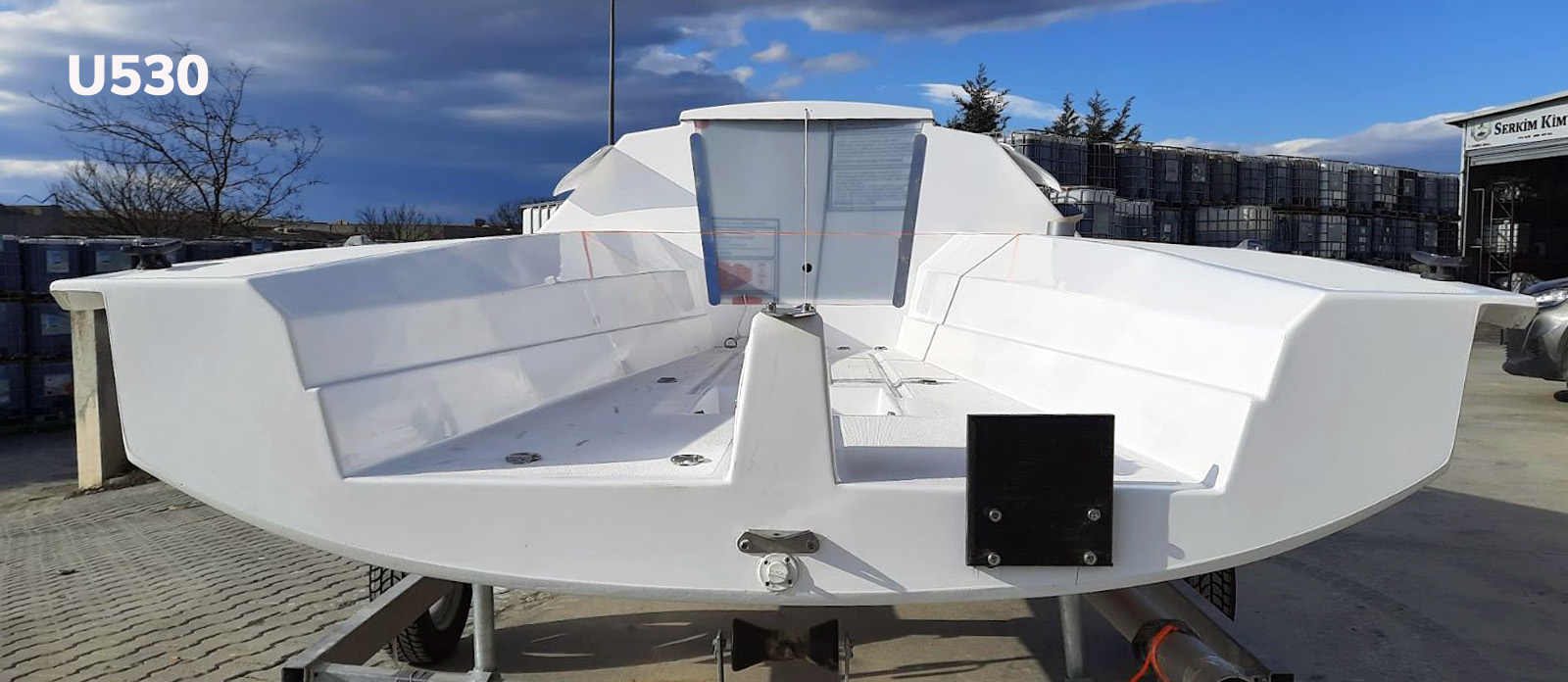
Then, in order to make sailing accessible, I set out to design a boat that anyone could buy, even load it on their car and take it wherever they wanted, and that did not require a license because it was under 2.5 m. I named it "Nokta", not only because of its small size, but also because it "put an end" to the complaints and excuses of not being able to reach the sea! Nokta was 2.5 m long, 1.35 m wide, 45 kg and had an ambitious sail area of 4.5 m2. It was a unique sailing dinghy with folding wheels on the stern, asymmetrical performance oars, a modern sail with furling high roach and an unusual hull design. Later I also designed a transportation device that allowed the Nokta to be loaded onto a car by one person. The inflatable boat tubes that could be attached to the side made the Nokta unsinkable and very safe for beginners. A total of 65 Noktas were built and all of them graced the sea.
After Nokta, I embarked on my third design. I wanted to design a boat like the R2AK (Race to Alaska) race, which is popular only in rowing and sailing races. This is how the "Ultimate 530" or "U530" was born. 5.30 m length, 1.9 m width, 11m2 furling sail, "sliding rowing" system, 30 kg daggerboard, foam core hull total weight 200 kg, 13 knots speed. 19 U530s are on the water now! The U530 is a really special boat because it offers us both a rowing and performance sailing boat at an affordable price. It also has a cabin where two people can spend the night. It is a complete camping boat that allows us to spend our weekends and be with nature. No mooring and maintenance problems. The hull form is similar to that seen in today's performance boats, meaning, it has a wide and splayed stern for easy surfing. Of course, the biggest reason for this performance is its light weight.
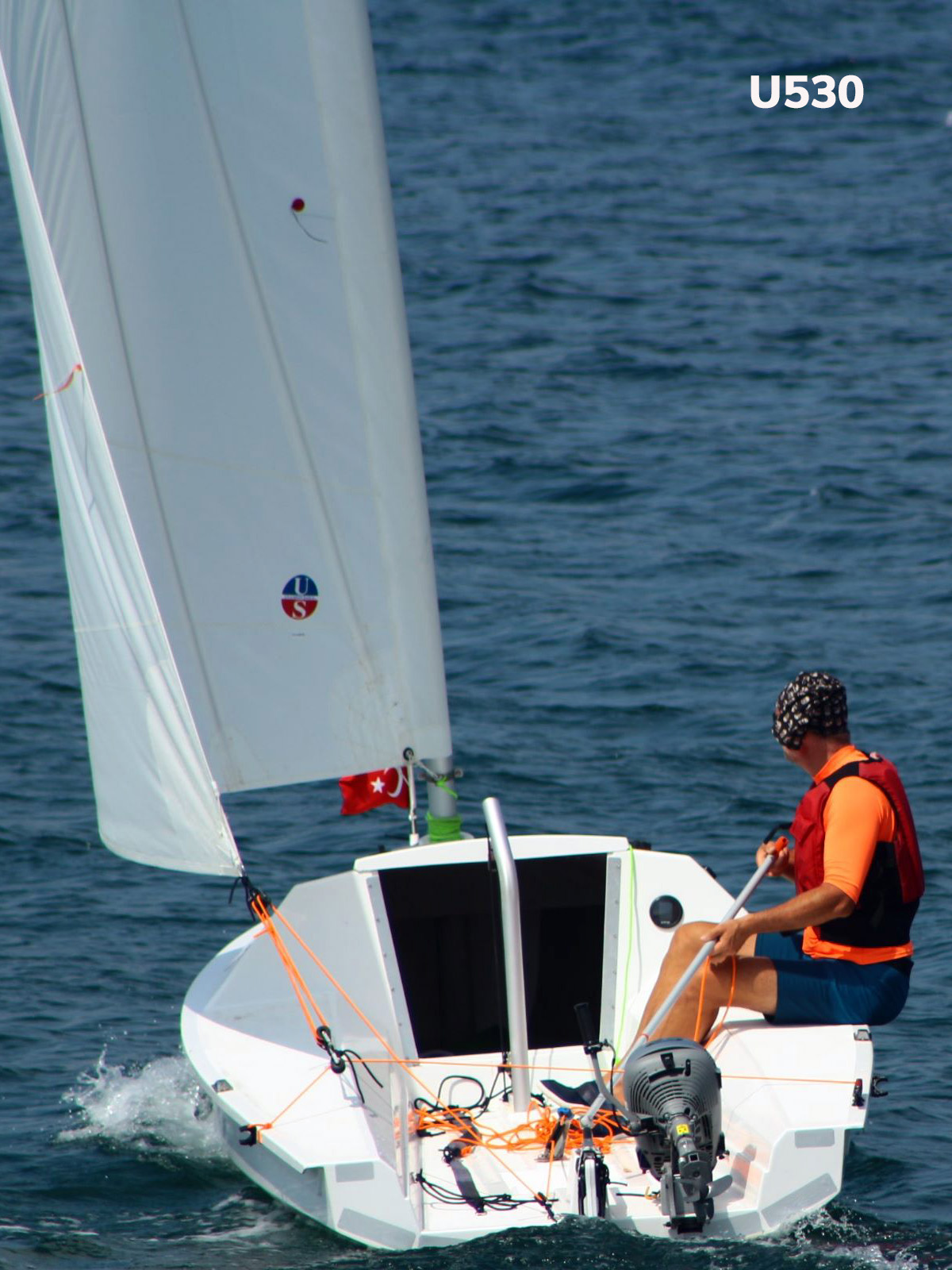
Predominantly, sailing boat designs within our nation have historically originated from overseas sources. Nonetheless, the Sniper, Nokta, and U530 stand as unequivocally indigenous creations. These innovative concepts have introduced numerous individuals, even those unacquainted with sailing, to the marine domain.
When I started designing boats, my only goal was to create an option for middle-income and cultured people to access the sea. Considering that 13,000 people follow our Facebook group "Yelkensever", I think I succeeded.
You can follow Bahadır Eği on his Facebook page:
Photographs: Bahadır Eği


